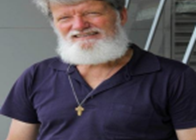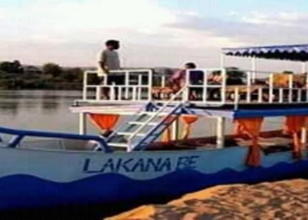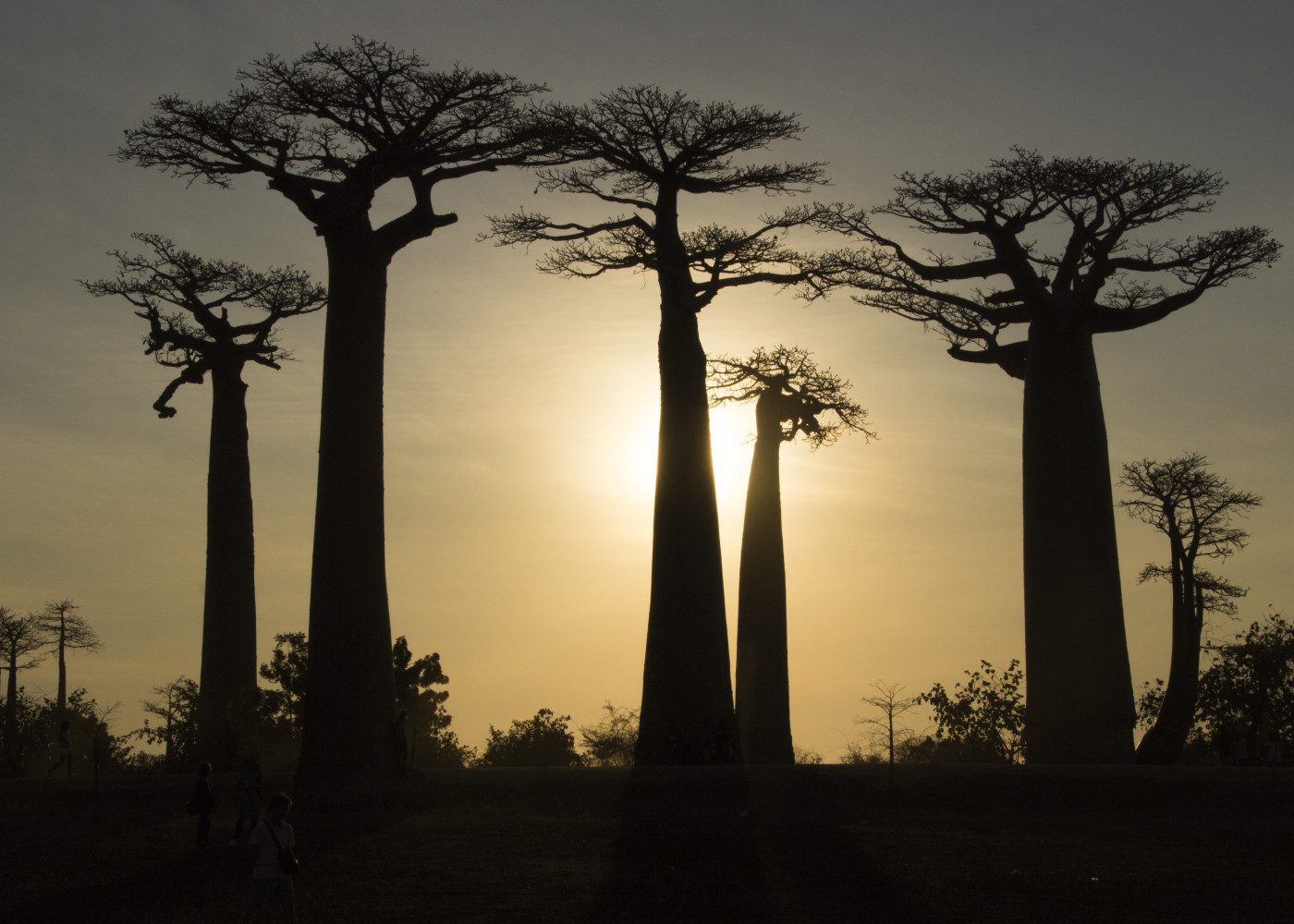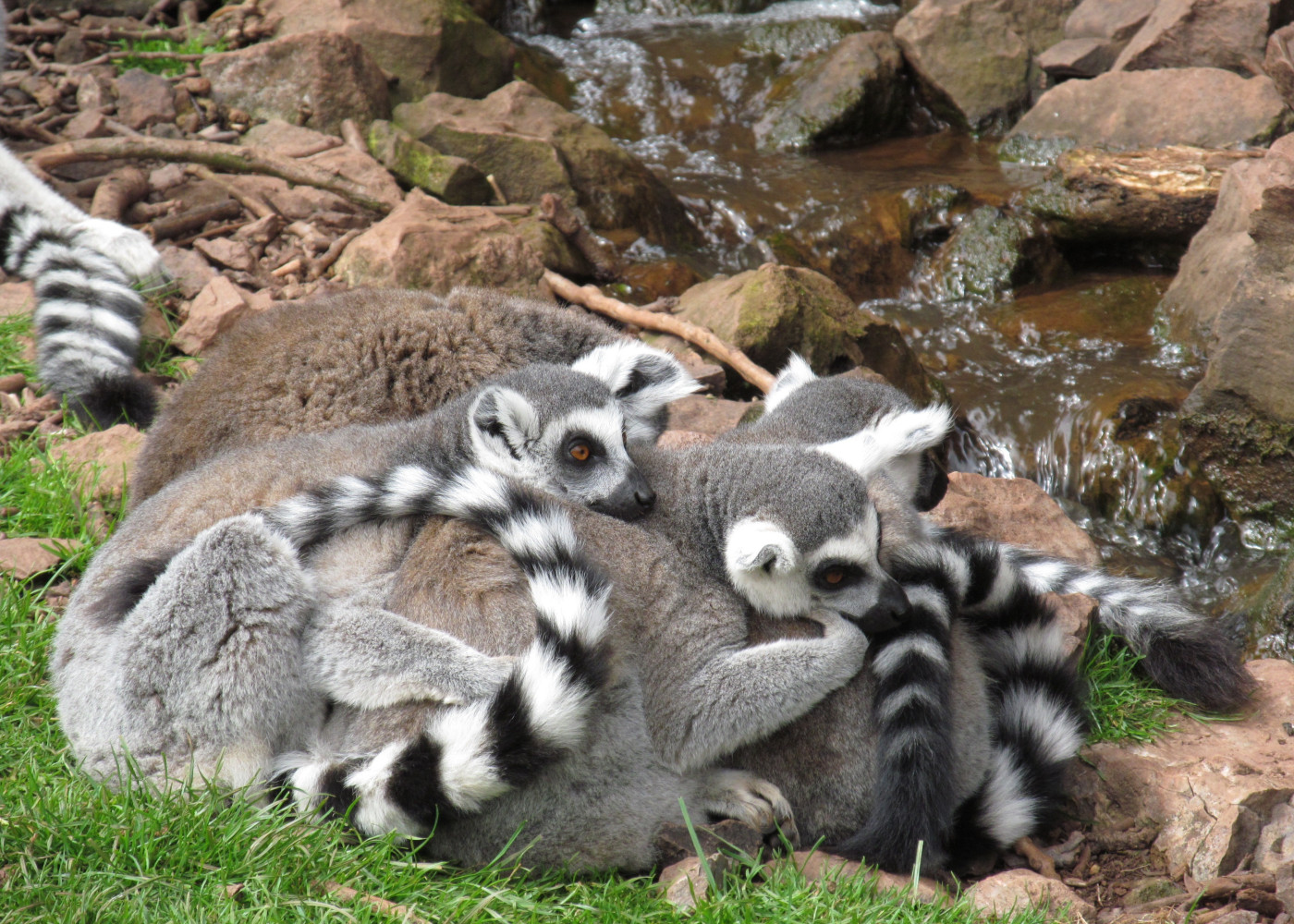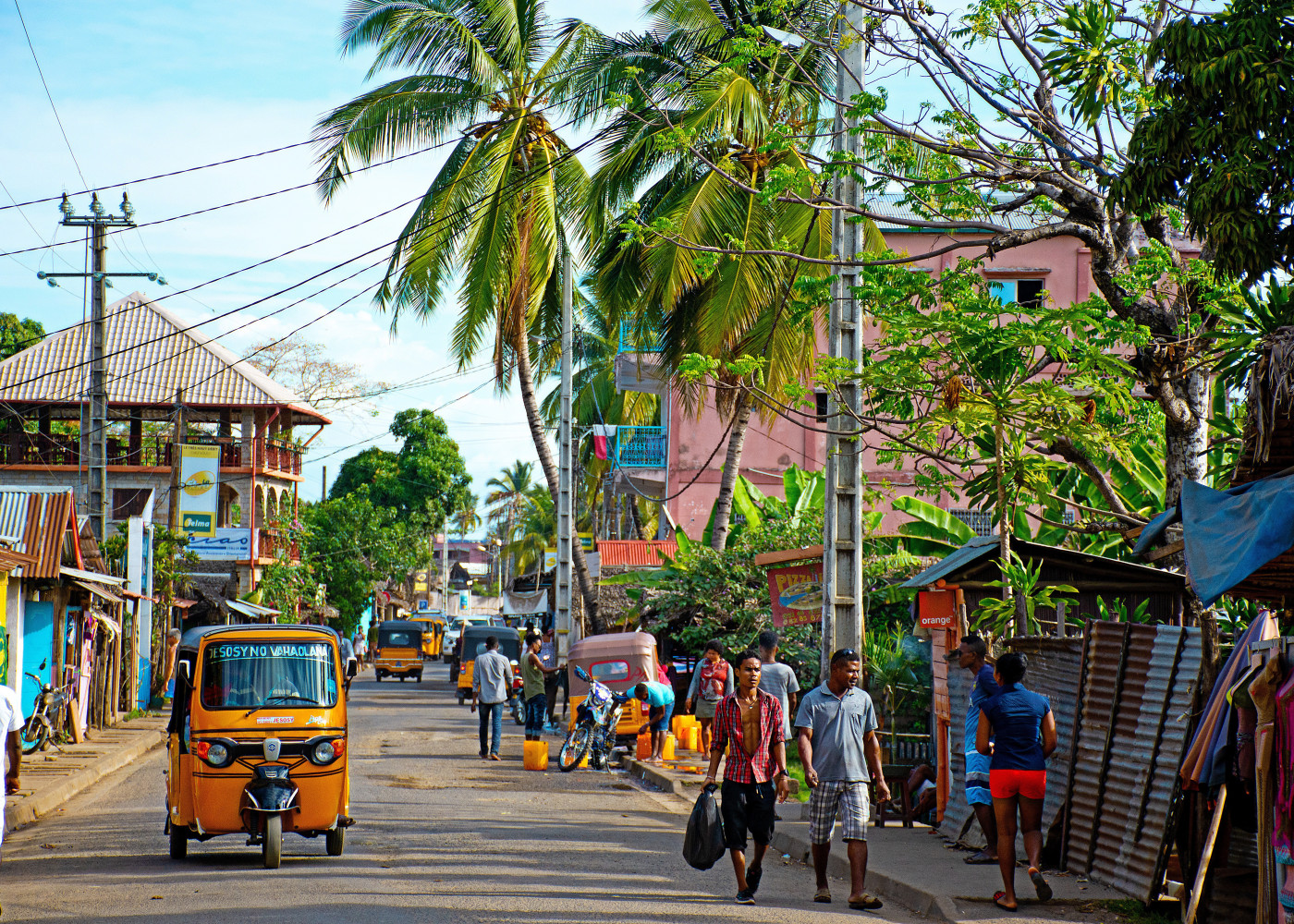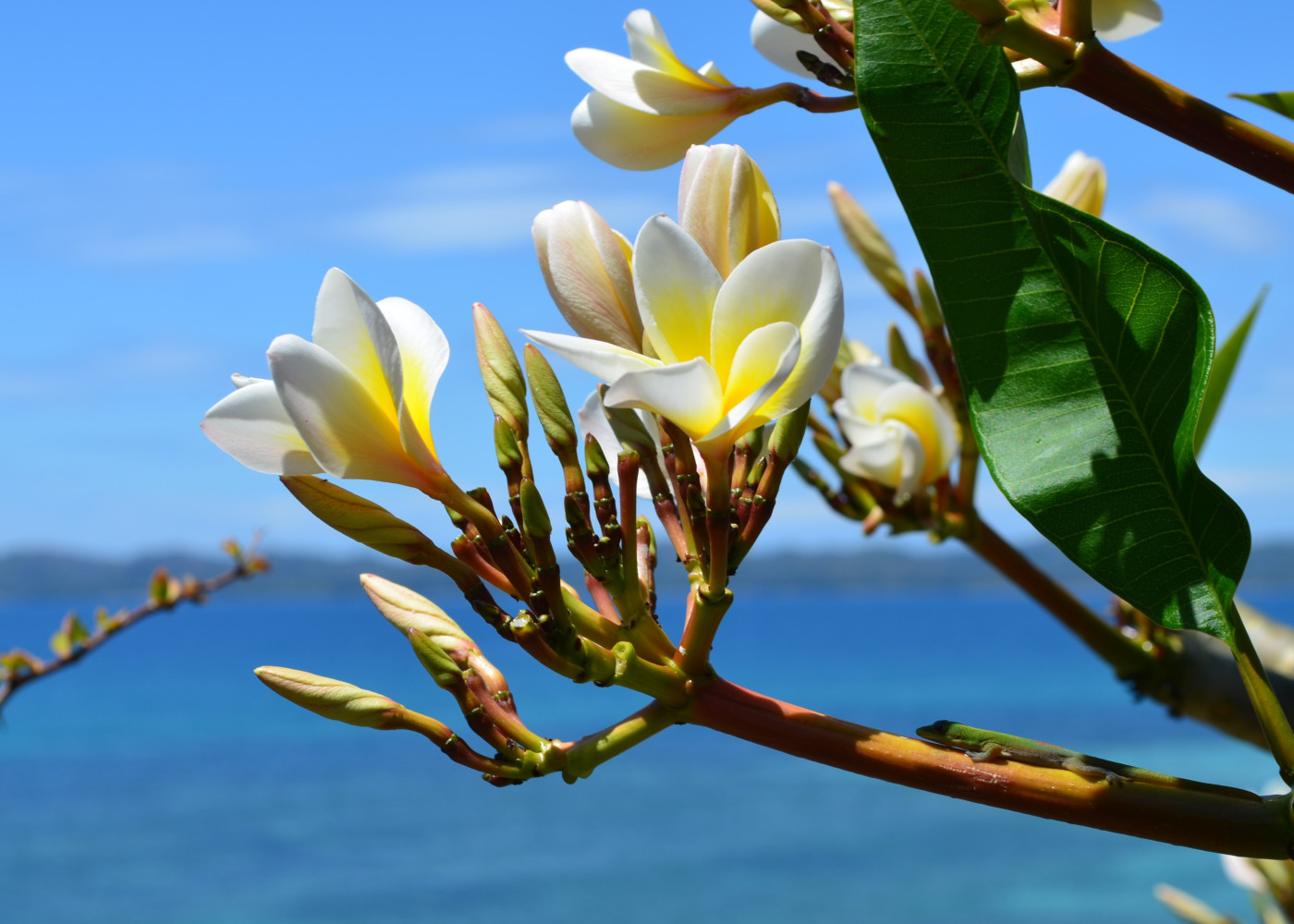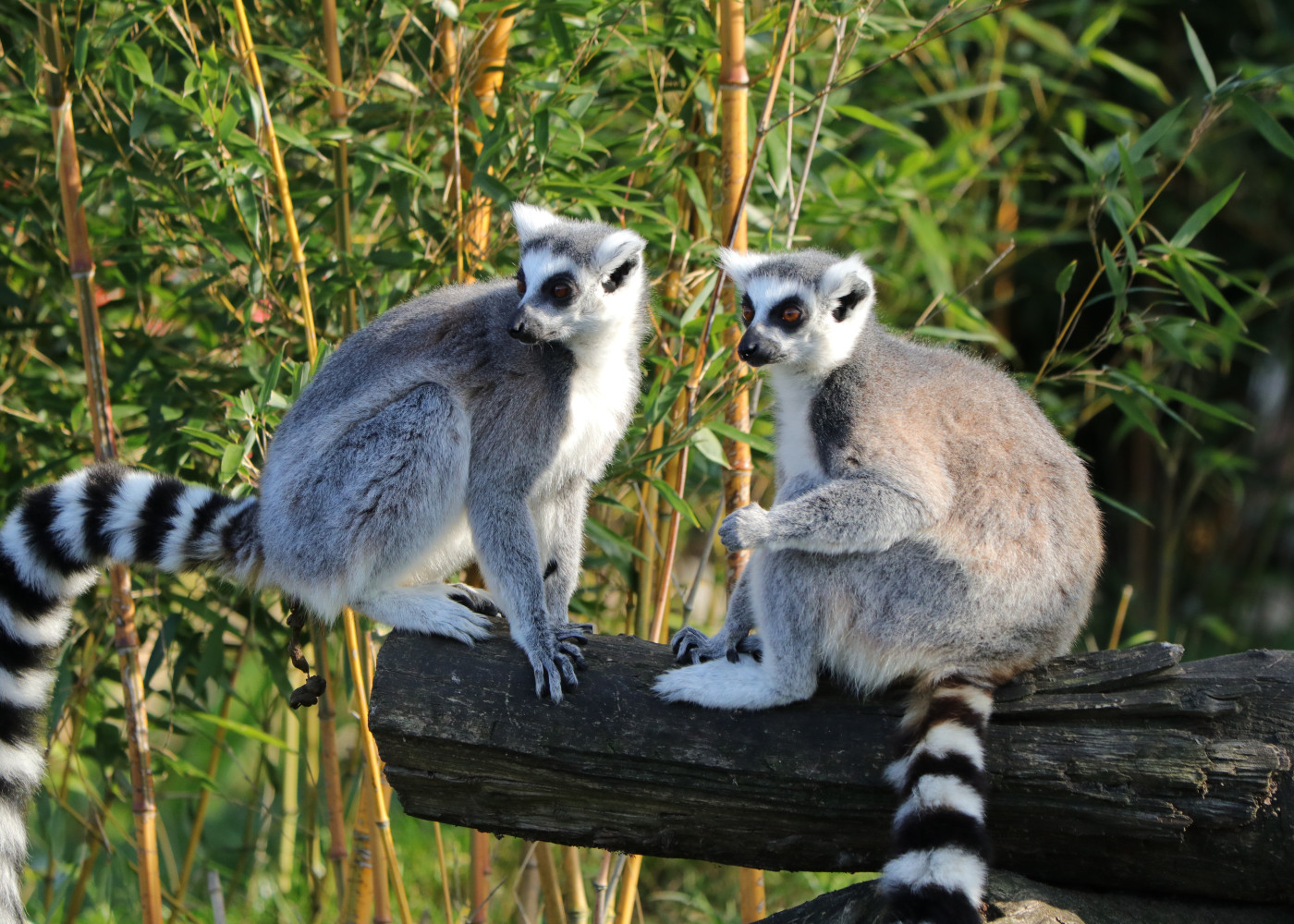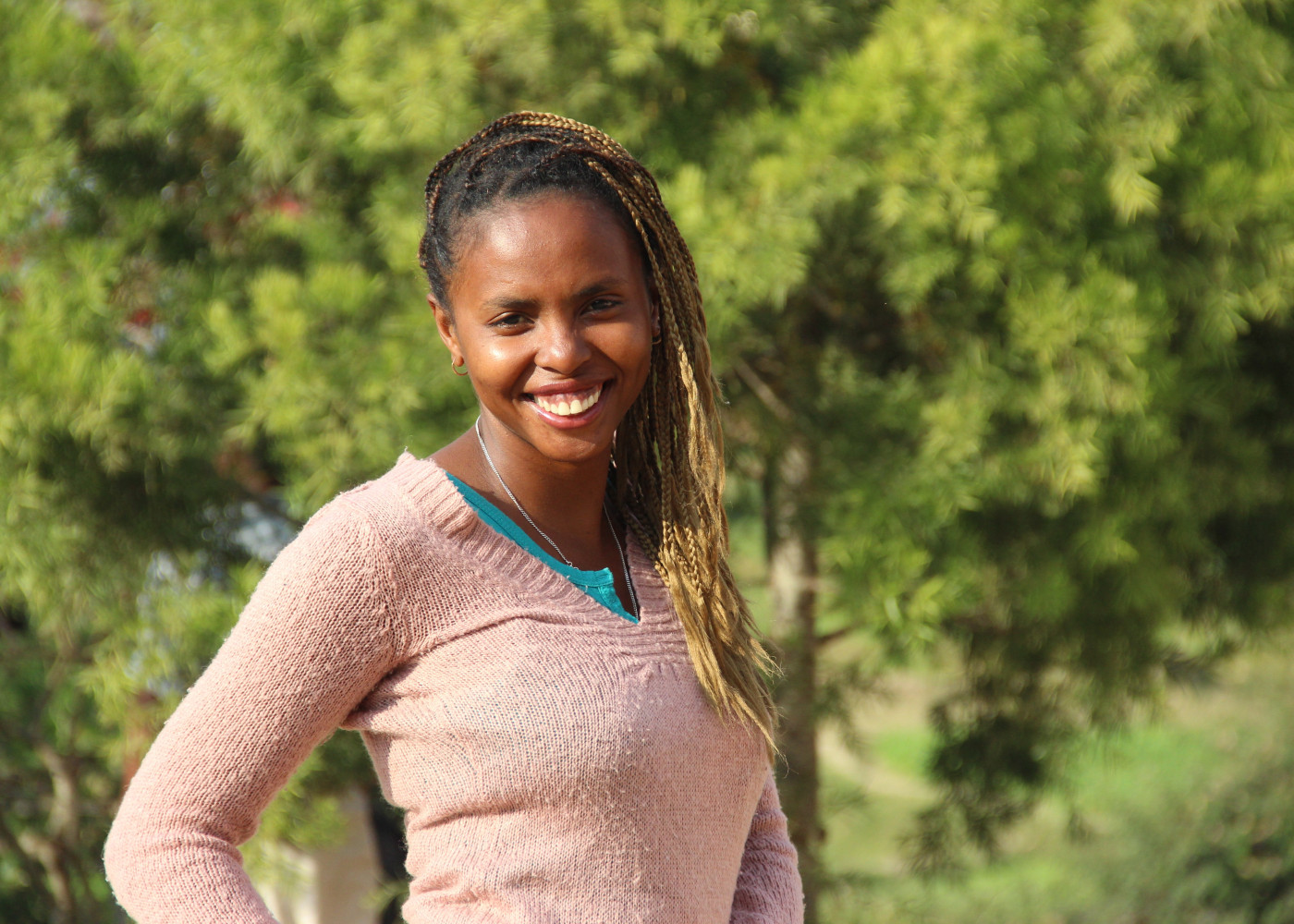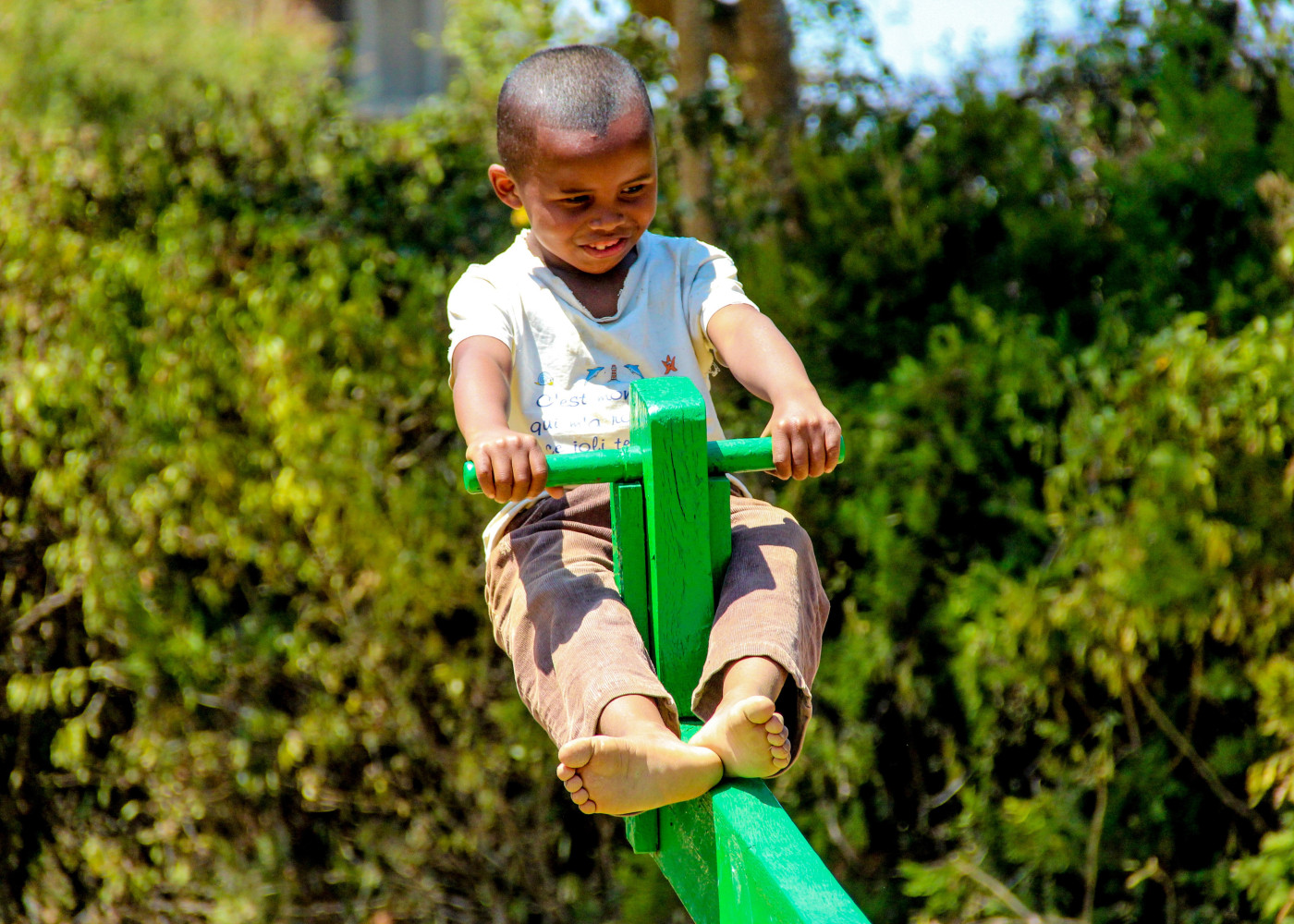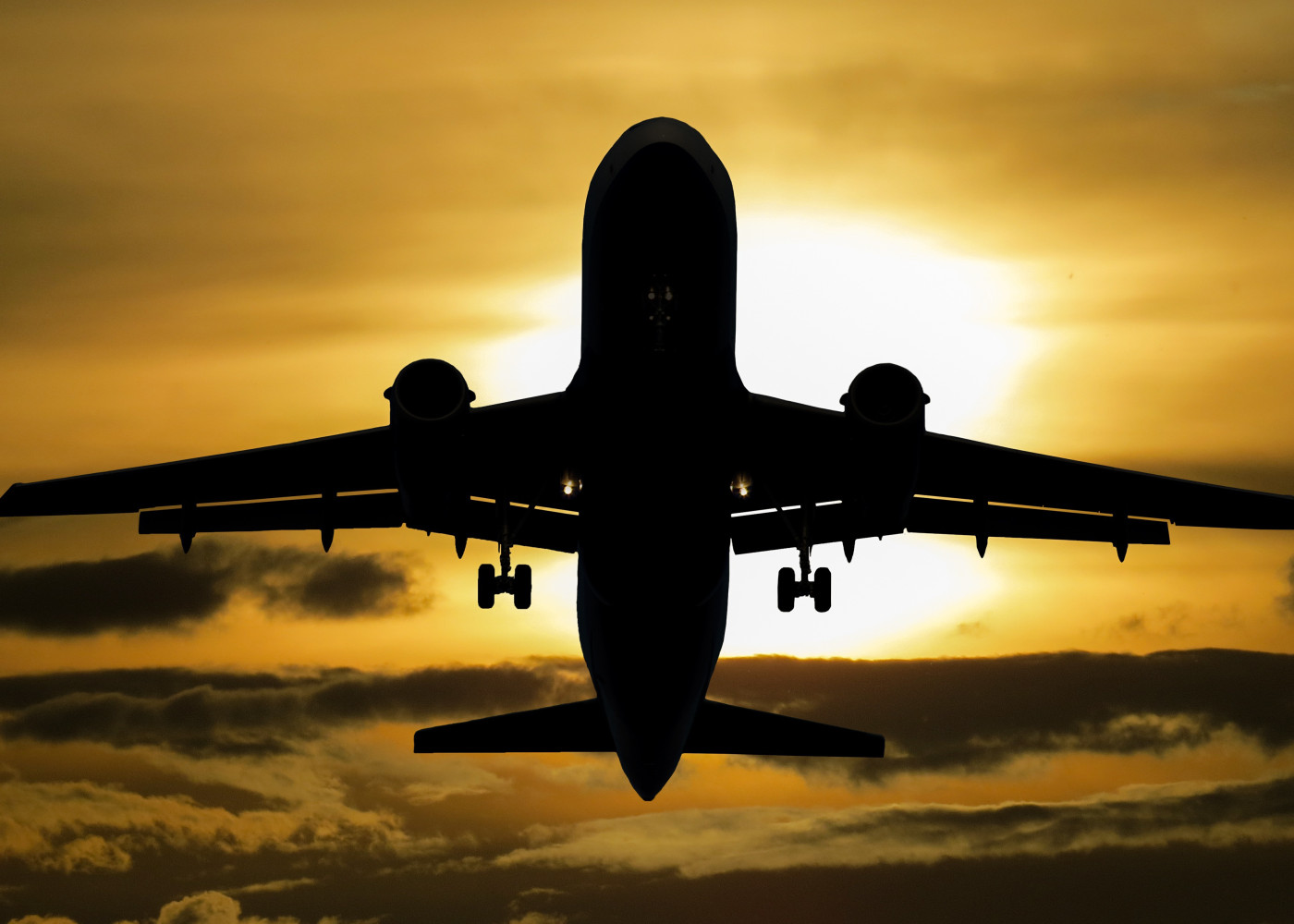Le sud ouest de Madagascar dans son authenticité
Madagascar, discover this 20-day trip
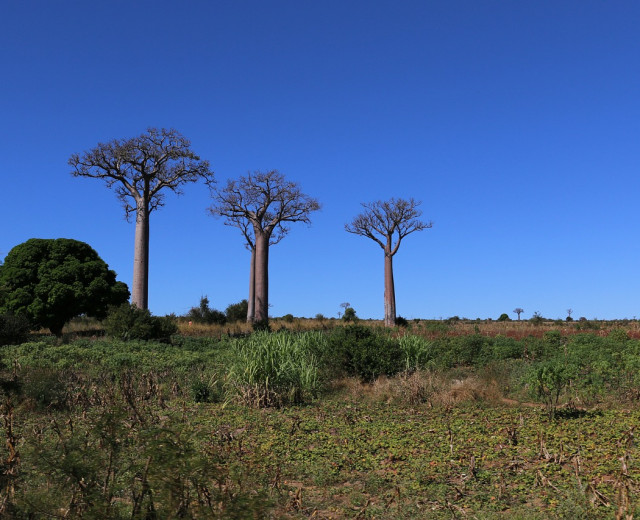
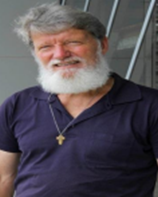

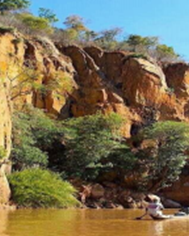

Trip Description
Accomodation
Stay program
day 1:
Paris - TanaArrivée à Madagascar à l’aéroport d’Antananarivo (la capitale de Madagascar). Accueil à l’aéroport par l’équipe d’Anjara Voyage. Transfert en voiture jusqu’à l’hôtel. Journée libre de repos. Dîner et nuit à l’IC hôtel.
day 2:
Tana - Akamasoa - TanaDépart en voiture jusqu’au village d’Akamasoa. Crée en 1989 par le père Pedro, pour venir en aide aux personnes vivant dans les décharges, dont l’objectif est de les faire sortir des lieux inhumains auxquels ils vivaient, afin de leur offrir une nouvelle opportunité d’espoir et d’avenir et vivre une vie humaine normale et dans la dignité. Le village d’Akamasoa, se trouve à 60km au nord d’Antananarivo, possédant actuellement 3 038 logements, des trentaines d’écoles (de la maternelle jusqu’à l’université professionnelle), des dispensaires, des centre d’accueils, où vivent actuellement dans les 25 000 personnes environs, et où 12 162 enfants y sont scolarisés. Des opportunités de travail sont offertes aux adultes dans l’agriculture, la maçonnerie, la menuiserie etc….. Ce père argentin, se voit à Madagascar comme la première de l’une des figures de la paix, de la générosité et de l’humanité, ayant reçu un prix Nobel international de la paix. Déjeuner partagé sur place. Retour à Antananarivo en fin d’après-midi. Dîner et nuit à l’IC hôtel.
day 3:
Tana - MiandrivazoDépart en voiture jusqu’à Miandrivazo en passant par les villages d’Ampatolampy, de Behenjy et Antsirabe. Déjeuner en cours de route. La ville de Miandrivazo est réputée être la plus chaude de Madagascar, sa situation géographique fait qu'il n'y a presque pas de vent. Miandrivazo est aussi le point de départ pour descendre le fleuve Tsiribihina en pirogue, une expérience inoubliable. De la partie haute de la ville, vous pourrez profiter d'une vue panoramique sur la vallée, là où les fleuves Sakeny, Mahajo et Manio rejoignent le Tsiribihina. Dîner et nuit au Baobab.
day 4:
Descente de la TsiribihinaLa descente du fleuve de Tsiribihina fait partie des attractions phares de l'Ouest de Madagascar, incluant entre autres la découverte des fameux Tsingy de Bemaraha, une aventure qui promet d’être exceptionnelle et mémorable. Au cours de la traversée, vous apercevez les crocodiles sur les rives prenant leur bain de soleil. Les abords du fleuve sont également le refuge d’autres espèces faunistiques selon leur habitat : des tortues sur les abords sableux, des chauves-souris sur les gorges et falaises et surtout des oiseaux tels que les hérons, sarcelles, canards à bosse. En outre, découvrez en enchainement des paysages très variés : sur les berges des villages pittoresques, des vastes plaines cultivées, une concession de tabacs dans le village de Begidro, des magnifiques piscines naturelles alimentées par des cascades etc …Par cette descente, vous aurez également l’occasion d’échanger et de partager en rencontrant des enfants jouant sur le sable blanc ainsi que des villageois avec leurs générosités, leurs sourires et leurs hospitalités exemplaires. Tout au long du parcours, vous aurez l’occasion de rencontrer et d’achanger avec les locaux qui vous accueilleront dans la joie. Sur le plan culturel, le fleuve de Tsiribihina tient une place importante dans différentes cérémonies sacrées, comme le Fitampoha ou le bain des reliques des Rois Salakava qui se tient tous les 5 ans. Vous y découvrirez donc également aussi leur us, coutumes et traditions. Repas pique-niques préparés par les soins de notre équipe ou par les villageois selon le programme. Dîners et nuits sous tente.
day 5:
Descente de la TsiribihinaLa descente du fleuve de Tsiribihina fait partie des attractions phares de l'Ouest de Madagascar, incluant entre autres la découverte des fameux Tsingy de Bemaraha, une aventure qui promet d’être exceptionnelle et mémorable. Au cours de la traversée, vous apercevez les crocodiles sur les rives prenant leur bain de soleil. Les abords du fleuve sont également le refuge d’autres espèces faunistiques selon leur habitat : des tortues sur les abords sableux, des chauves-souris sur les gorges et falaises et surtout des oiseaux tels que les hérons, sarcelles, canards à bosse. En outre, découvrez en enchainement des paysages très variés : sur les berges des villages pittoresques, des vastes plaines cultivées, une concession de tabacs dans le village de Begidro, des magnifiques piscines naturelles alimentées par des cascades etc …Par cette descente, vous aurez également l’occasion d’échanger et de partager en rencontrant des enfants jouant sur le sable blanc ainsi que des villageois avec leurs générosités, leurs sourires et leurs hospitalités exemplaires. Tout au long du parcours, vous aurez l’occasion de rencontrer et d’achanger avec les locaux qui vous accueilleront dans la joie. Sur le plan culturel, le fleuve de Tsiribihina tient une place importante dans différentes cérémonies sacrées, comme le Fitampoha ou le bain des reliques des Rois Salakava qui se tient tous les 5 ans. Vous y découvrirez donc également aussi leur us, coutumes et traditions. Repas pique-niques préparés par les soins de notre équipe ou par les villageois selon le programme. Dîners et nuits sous tente.
day 6:
Fin du circuit descente TsiribihinaAprès le déjeuner, transfert en charrette à zebus vers un petit village bâti autour d’un gros baobab. Départ en 4x4 jusqu’à Belo Sur Tsiribihina. Traversée de la rivière en bac. Dîner (repas traditionnel préparé par les villageois) et nuit en bivouac.
day 7:
Belo - BekopakaTraversée de la rivière Manambolo jusqu’à Bekopaka. Déjeuner en cours de route. Dîner (repas traditionnel préparé par les villageois) et nuit en bivouac.
day 8:
Tsingy de BemarahaUnique au monde, inscrit au patrimoine mondial de l’UNESCO, caractérisé par des grands canyons karstiques en forme d’aiguilles. Plus grande aire protégé de Madagascar, d’une superficie de 15000ha, biotope naturelle, typique avec une impress ionnante cathédrale de calcaire comprenant des nombreuses grottes, des forêts primaires à feuilles caduques avec des plantes xérophiles , abritant plusieurs espèces de lémuriens et d’oiseaux. On y trouve également le vestige de l’ancienne civilisation malgache, le tombeau Vazimba. Déjeuner en cours de visite. Dîner et nuit à l’hôtel Orchidée ou similaire selon disponibilité.
day 9:
Tsingy de Bemaraha - MorondavaDépart pour Morondava en repassant par Belo pour déjeuner, avant de reprendre le ferry pour retraverser encore le fleuve afin d’arriver à Morondava, célèbre pour ses baobabs dont l’un de 13 m de circonférence et plus de 700 années d’éxistence est considéré comme sacré. Il y a aussi le passage aux baobabs amoureux, avant d’arriver enfin au célèbre allée des Baobabs pour admirer le coucher du soleil. Déjeuner en cours de visite. Arrivée à Morondava en fin d’après-midi. Dîner (repas traditionnel préparé par les villageois) et nuit chez l’habitant.
day 10:
Morondava (capitale de l'ethnie Sakalava et Vezo)Capitale économique de la région du Menabe, Morondava est une ville aux multiples facettes. La vie de la ville est ponctuée de nombreux événements, comme l’ « asa lolo » (cérémonie de circoncision), le « moraingy » (lutte malgache) ou les cultes du tromba (proche du vaudou). Ces différentes cérémonies offrent un spectacle inédit qui promet une immersion sans égale dans la culture de la région du Menabe. Enfin, Morondava abrite un peuple aux us et coutumes particulières. Vous découvrirez ainsi un art funéraire atypique : l’art sakalava, où les fresques et sculptures érotiques racontent la vie des défunts et symbolisent la procréation et la vie. Dîner et nuit au Vezo beach hôtel.
day 11:
Morondava - TanaRetour à Antananarivo par avion. Transfert à l’hôtel. Journée libre de repos, voiture et chauffeur à disposition en cas de besoin. Dîner et nuit à l’IC hôtel.
day 12:
TanaJournée libre de repos, voiture et chauffeur à disposition en cas de besoin. Dîner et nuit à l’IC hôtel.
day 13:
Tana - Fort DauphinTransfert à l’aéroport, départ pour Fort Dauphin. Accueil par l’équipe d’Anjara Voyage sur place. Départ en voiture pour une visite guidée de la ville. Fort Dauphin, aussi appelée « Tolagnaro » est une ville qui a su garder les vestiges du passé. Longtemps occupée par les européens au XVIIe siècle, Fort Dauphin, qui a servi de comptoir commercial, a été baptisée ainsi en l’honneur du roi Louis XIV. C’est là aussi qu’est parti le tout premier peuplement de l’île de la Réunion. Nichée dans un promontoire au pied du pic Saint Louis, Fort Dauphin offre un paysage magnifique et parmi les plus spectaculaires de Madagascar. Selon le temps que vous disposez, vous découvrirez de nombreux sites historiques de l’ère coloniale, notamment Sainte Luce, village de pêcheurs qui étire en arc ses plages bordées de filaos et de palmiers sur fond de forêt. Mais vous pourrez également visiter le Fort-Flacourt, les vestiges d’un ancien bastion, le musée d’Anosy (retrace l’histoire coloniale), ou encore le Fort des Portugais sont autant de lieux historiques à découvrir et à visiter. Rencontre et échange avec l’Ethnie Antanosy pour découvrir leurs us, coutumes, habits, coutures et gastronomie. Nuit en pension complète à l’Acacia hôtel.
day 14:
Fort Dauphin - BerentyDépart dans la matinéé pour Berenty. Visite de la réserve privée de Berenty. Cette Réserve a pour ambition depuis sa fondation en 1936 par la famille de Heaulme de protéger les lémuriens et leurs milieux naturels : la forêt à galerie dense dominée par les tamariniers et la forêt sèche épineuse. Depuis son ouverture au public en 1981 elle connait une renommée internationale. De nombreuses personnalités publiques s’y sont rendues comme le Prince Philippe d’Édimbourg ou le fils de l’Empereur du Japon. Site de référence pour les scientifiques, elle est aujourd’hui parcourue par de nombreux voyageurs, curieux de découvrir à leur tour les diversités animales et végétales qui peuplent ces plus de 1000 hectares de surfaces protégées. Véritable sanctuaire pour les 2 000 lémuriens qui y vivent en toute liberté, la Réserve de Berenty vous permet de découvrir 102 espèces d’oiseaux et plus de cent autres espèces : reptiles, tortues, chauves-souris... Les variétés naturelles et floristiques, telles que forêts, sables roux, bush, offrent également un spectacle d’une richesse endémique inégalable. Au coeur de Berenty, la magie opère.. Déjeuner pique-nique en cours de visite. Dîner et nuit chez l’habitant.
day 15:
Berenty - LavanonoDépart matinal pour une descente de la RN13 pour rejoindre ensuite le littoral. Le sud de Madagascar est sûrement la région la plus aride de l’île mais peut-être aussi la plus étonnante en terme de biodiversité et de paysages. C’est sûrement la seule partie de l’île ou on retrouve encore intacte dans certaines parties la forêt épineuse dans un écosystème semi-désertique. Passage dans les villages d’Ambovombe et Tsihombe. Rencontre et échange avec ces ethnies dites Antandroy. Déjeuner en cours de route. Arrivée à lavanono. Dîner et nuit chez l’habitant ou dans un hôtel de catégorie simple
day 16:
Lavanono - ItampoloLa route que vous empruntez pour rejoindre Itampolo traverse de grands espaces où le didiéracé, l’euphorbe et l’aloès ont élu domicile. C’est certainement cette étape qui vous laissera les souvenirs les plus intenses ! Le paysage est inattendu et grandiose et la population que vous rencontrerez ici à l’image des malgaches, toujours souriante et accueillante. Déjeuner en cours de route. Arrivée à Itampolo. Dîner et nuit à l’hôtel Sus Sud.
day 17:
Itampolo - AnakaoLa piste est ponctuée de baobabs et de nombreux tombeaux ornés d’Aloalo (poteaux sculptés). Le site a su conserver sa beauté naturelle et est encore préservé de tous les méfaits de la pollution. Déjeuner en cours de route dans une maison locale. Arrivée sur la plage d’Anakao dans l’après-midi. Rencontre et échange avec les villageois qui sont pour la plupart des pêcheurs. Dîner et nuit à l’hôtel Peter Pan.
day 18:
Anakao - Tuléar - TanaDépart matinal d’Anakao pour rejoindre la ville de Tuléar. Tuléar, Toliara en malgache, signifie la cité du soleil, pour son climat chaud et arride. Tulear est la plus grande ville du sud de Madagascar. Entre tradition et modernité, la ville de Tulear est un vrai carrefour ethnique entre pêcheurs, conducteurs de pousse-pousse et offre touristique diversifiée. Festive et dynamique, Tulear offre aussi une vie trépidante. Véritable mosaïque d’ethnies, la ville offre mille couleurs vives dans un concert d’ambiances rythmées par la musique tsapiky qui remplit les rues et dévoile la sympathique convivialité des Tulearois. Vous découvrirez une vie culturelle riche avec ses nombreux musées. Le musée maritime sur la route du port de commerce qui abrite des collections de coquillages et de fossiles. Le musée des arts et traditions Mahafaly, lieu incontournable lors de votre visite, ce petit musée retrace l’évolution de l’artisanat et des coutumes du Grand Sud. Déjeuner, vol pour Antananarivo. Arrivée à Tana. Transfert à l’hôtel. Dîner et nuit à l’A&C hôtel.
day 19:
Morondava - TanaRetour à Antananarivo par avion. Transfert à l’hôtel. Journée libre de repos, déjeuner libre (à votre charge). Voiture et chauffeur à disposition en cas de besoin. Dîner et nuit à l’A&C hôtel.
day 20:
Tana - ParisTransfert à l’aéroport selon l’horaire de vol. Départ pour Paris.
- Duration : 20 days
- Destinations : Madagascar
- Price : From €1,925.00 per person
A website by
Customize your trips with Quotatrip and receive tailor-made offers directly in your inbox.
Discover a country
